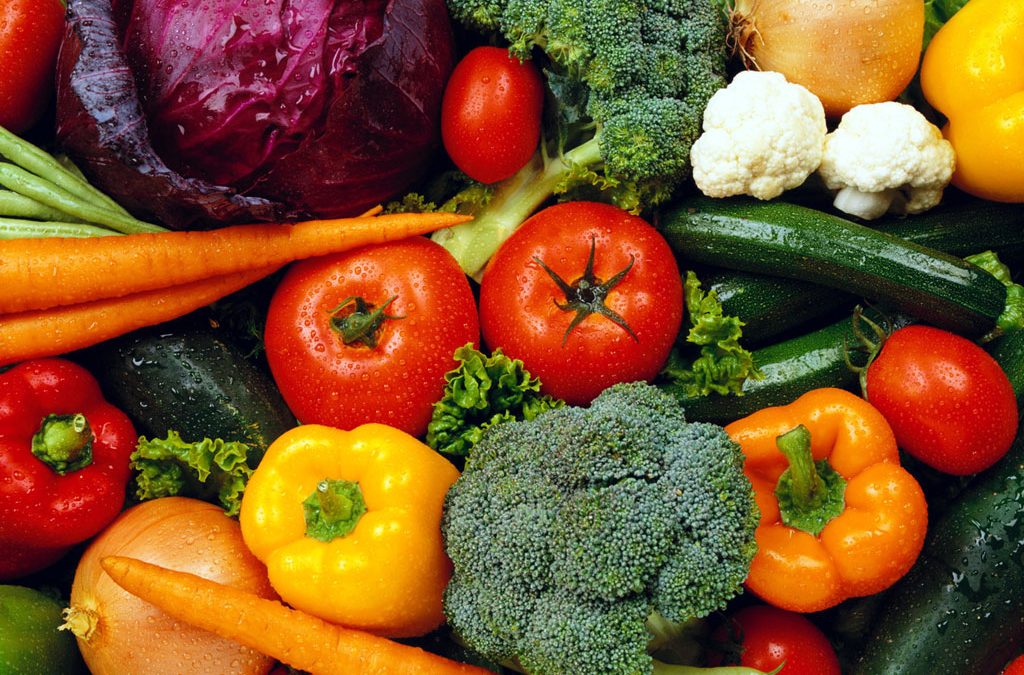
Improving Flavor In Your Garden – Treat ‘Em Bad And They’ll Taste Better
Dr. Morgan shares some secrets for amping up the flavors in your hydroponic crops.
When it comes to good food, we are all looking for taste, aroma and texture. Sometimes these all come together to create a sensory delight, but when it comes to fruit, vegetables and herbs, appearances can certainly be deceiving. Those huge, red succulent strawberries or juicy fresh tomatoes at the grocery store may look fantastic on the outside, but biting into them can be an unpredictable experience—sometimes great, sometimes thoroughly disappointing. Fortunately, flavor in fruits and vegetables is something that can be manipulated to various degrees by the grower—and in hydroponics we have far greater control over growth factors than we do with outdoor crops—so there’s no reason for our homegrown flavors not to be fantastic, right? Armed with some good information and basic tools, we can use hydroponic methods to create produce that tastes closer to the way we like it.
What is flavor?
Our perception of flavor is actually the result of a combination of senses acting on a huge range of aromatics and compounds within the food we eat. Over 400 volatile aromatic compounds that may contribute to the overall flavor experience have been identified in tomatoes alone—and there are potentially many more as yet undiscovered. While the taste buds on our tongues can detect basic compounds we perceive as sweet, sour, salty or bitter our main taste tool is actually our nose, which has receptors that bind into volatile compounds in the food we are consuming. The sensors on the tongue can actually only detect very basic aspects of flavor and can’t distinguish between small differences in these compounds—detecting flavor compounds in parts per hundred—while we can usually detect volatiles in parts per trillion with the receptors in our nose. The combination of the tastes we detect with our tongues along with the more sophisticated feedback we receive from odor receptors in the back of the nose gives us our overall sense of flavor. So not only do we want to produce fruit such as tomatoes or berries with high sugar levels (since humans love sweetness) and the correct balance of acidity to taste on the tongue, but we also want to concentrate the volatile aromatic compounds that provide so much of what we perceive as flavor.
Do we all taste flavor the same?
While we all have certain preferences for sweetness and acidity when it comes to flavor, everybody’s perception of taste is somewhat different. What one person may consider a particularly good tomato or strawberry may not even register as being tasty with another. There are many reasons for this: there are certain slight genetic differences in the way all people perceive flavor and there is also a certain small percentage of the population who are ‘super tasters,’ with a very high degree of flavor perception. However, other factors—such as the memory of how something is expected to taste, cultural differences, age, health and even gender—play a role in flavor perception too. In scientific taste panels involving fruits and vegetables it’s often reported that in general women prefer sweeter flavors and men more acidic tastes and that the proportion of ‘super tasters’ is higher among women. Taste perception diminishes as we age, as well as among those who smoke or suffer from sinus problems. If you have a cold or a plugged nose you’ll also have an overall lower perception of flavor, as these factors tend to block the olfactory nerve endings in the nose, which are responsible for the detection of the complexity of flavors. What all these differences mean is that flavor can be highly subjective and for this reason scientific taste panels either use a very large number of people to gauge an overall opinion of flavor (i.e., consumer panels) or a smaller number of highly trained and carefully selected tasters who can differentiate between flavors with far greater skill and precision than the average person. For the ordinary hydroponic gardener, however, the main objective is just pleasing ourselves and those we are growing for—which makes flavor assessment a little easier and a lot of fun.
Why don’t fruits and vegetables taste as good now as they did in my childhood?
This is one of the most commonly asked questions regarding modern day fruits and vegetables. One reason may be that as we age our sensation of taste declines somewhat, so it’s our taste perception that may have changed rather than the quality of the produce itself. Then again, the recollections many people retain of flavor are often only of really great taste experiences—not the mundane ones—so it can be hard for everyday food to live up to these golden memories. Another reason may well be horticultural: modern cultivars are bred for yield, without a lot of regard for flavor. Many crops are grown through the winter in heated greenhouses under low light levels, so out-of-season produce may never live up to that childhood memory of ‘backyard summer-grown’ flavor.
What makes a highly flavorful hydroponic fruit or vegetable different from a watery, insipid, tasteless one?
This depends largely on the fruit, vegetable or herb being grown. In tomatoes and strawberries, for example, one of the major problems is often a lack of sweetness. Sweetness can be measured using a brix meter or refractometer and most people can actually taste a difference of just one degree brix. A great-tasting beefsteak tomato may have a brix of at least seven and cocktail types can have a brix of over 10, while poor-tasting fruit often have brix levels below five. Handheld brix meters are not expensive and can be easily sourced by hydroponic gardeners who are keen to assess their own fruit. Peppers and chilies also have a certain degree of sweetness, but the draw for most people with peppers is the heat produced by the compound capsaicin—although underlying the heat of chilies are also some delicate and distinctive flavors and aromatics. Many aromatic herbs such as basil, marjoram, oregano, rosemary, thyme, mint and sage produce essential oils in their foliage that give off characteristic aromas and flavors and the concentration of these oils be very intense in some crops.
How do I improve the flavor of my hydroponic produce?
Flavor improvement using hydroponics relies on some basic principles of plant physiology. First, when we restrict water uptake by the plant, it tends to concentrate certain compounds within the plant tissue and many of these compounds are related either directly or indirectly to flavor and aroma. Applying slight moisture stress—or in hydroponic gardens increasing the EC to create a higher osmotic potential in the root zone—is a proven way to increase dry matter and flavor in many crops. This is most commonly done in greenhouse tomato crops to maintain fruit quality; however, it can also be applied to a lesser degree with chilies, berries and many woody herbs, although too much osmotic stress can create problems such as reduced fruit size and lower yields. Any other factor that stresses the plant can have a similar effect: volatile compounds become concentrated in the foliage and many of these are related to flavor. Herbs such as basil, oregano, sage and rosemary can all have their flavor and aromatic levels increased by applying some plant stress—high light, dry conditions, warm temperatures, high rates of air flow, high EC or moisture stress will all concentrate the essential oils in the foliage just as they would if the herbs were being grown outside in their natural habitat. Growing these aromatic plants ‘hard’—under stressful conditions—replicates the hot dry climate of the Mediterranean. On the other hand, rapid, lush, weak growth under highly protected conditions with a low nutrient EC, particularly with reduced seasonal light, will produce herbs with reasonable yields of foliage but a poor flavor profile.
Do the genetics of my plants matter?
The genetic makeup of hydroponic plants has a significant effect on their final flavor profile. Cultivars need to be chosen carefully and—in most cases—need to be tested, tasted and evaluated by individual growers. It’s a waste of energy boosting flavors if you’re using cultivars that have poor flavor genetics in the first place. By selecting naturally flavorful or aromatic varieties and providing growing conditions, EC and nutrients that maximize flavor, though, a truly great flavor profile can be obtained.
What makes hydroponics such a great tool for growing flavorful produce?
Hydroponic growing—and in particular protected cultivation—provides a number of tools for the manipulation of flavor. First, light levels and leaf area determine the amount of assimilate or sugar available for importation into fruit and while outdoor crops have to make do with natural light, indoor gardeners can provide just the correct levels year round and can even extend the amount of daylight to give plants that extra boost. Second, other conditions such as temperature can be highly controlled in a hydroponic garden in order to give optimum levels for photosynthesis and sugar production. Finally, indoor growers have a high degree of control over the root zone, which means that elements such as potassium—vital for the flavor quality of many crops, most notably tomatoes—can be boosted at just the right stage to ensure the fruit is of the highest possible quality. The nutrient solution EC can also be adjusted upward once plants are established into a hydroponic system to apply sufficient plant stress to concentrate flavor compounds and aromatics in a wide range of hydroponic plants.
What are some specific details of flavor improvement methods in hydroponic crops?
In hydroponic tomatoes it has been found that the flavor profile and the sugar, acid and sodium content of fruit grown at an EC of 8.0 mScm-1 was far greater than in fruit grown at an EC of 3.0. However, increasing the EC to improve flavor via a higher percentage of dry matter in the fruit tends to give smaller fruit and lower yields, so there is often a trade-off involved between flavor improvement and yield. With hydroponic chili crops EC levels as high as 8.0 mScm-1 have been applied to boost pungency with good results, although different chili cultivars will respond differently to increases in EC and growers will need to determine for themselves what levels will give the biggest ‘kick’ to their fruit. When using a higher EC to increase the pungency of chilies, it’s best to do so by increasing only the macronutrients in solution (N, P, K, S and Ca) while maintaining the trace elements at normal EC strength levels. For crops such as onions, garlic, shallots and chives the strong flavor and aroma we prize is derived from the presence of organosulfur compounds and in hydroponic gardens these distinctive flavors have been boosted by using higher levels of N and S in the nutrient solution. Brassica crops—such as watercress, arugula, cabbage and kale—also derive much of their distinctive flavors from sulfur-containing compounds called glucosinoles and manipulation of sulfur in the nutrient solution can help boost these flavors too, which range from peppery and pungent in watercress to sharp and nutty in arugula. Increasing sulfur levels in hydroponic gardens has also been shown to boost flavor or pungency in condiment herbs such as wasabi and horseradish, which contain mixtures of volatile compounds called isothiocyanates that give them their flavor and heat.
When it comes to flavor improvement, indoor hydroponic gardeners have all the tools required to create unique and unforgettable taste sensations. While many new growers make the mistake of trying to provide a luxurious, highly protected and stress-free environment for their plants in order to maximize growth rates, this can actually be detrimental to the flavor level of many of our favorite food crops. Slight to moderate stress, though—applied to plants at the right time—will have the effect of concentrating the wide range of compounds and volatiles that make up the distinctive flavor profiles of the produce you are growing. Tomatoes, aromatic herbs, strawberries and chilies will all respond well to these methods and this tendency, combined with the right genetics, allows the savvy indoor gardener infinite possibilities for flavor manipulation.

Stevia the Sweet Herb

The Borage Plant

The Neem Tree: A Miracle Plant
Trackbacks and pingbacks
No trackback or pingback available for this article.
Articles
Featured
-
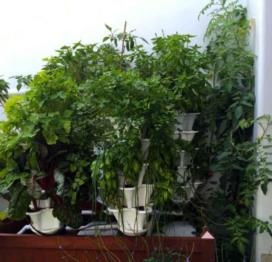 Five Tower Deck GardenRegular Price $2,499.00
Five Tower Deck GardenRegular Price $2,499.00 -
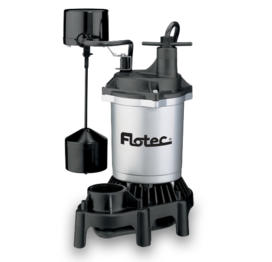 Submersible Thermoplastic Sump Pump 1/2 HPRegular Price $269.00
Submersible Thermoplastic Sump Pump 1/2 HPRegular Price $269.00 -
 Cold Pressed Neem OilRegular Price $29.92 – $38.71
Cold Pressed Neem OilRegular Price $29.92 – $38.71 -
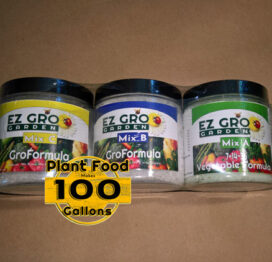 Vegetable Formula single dose SetRegular Price $29.99
Vegetable Formula single dose SetRegular Price $29.99 -
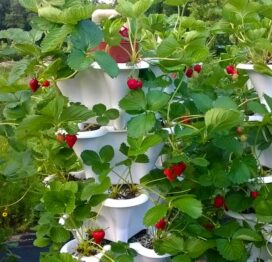 Five Tower Strawberry GardenRegular Price $2,799.00
Five Tower Strawberry GardenRegular Price $2,799.00 -
 Drain Dish & Diffuser Dish Set 10 PackRegular Price $124.99
Drain Dish & Diffuser Dish Set 10 PackRegular Price $124.99 -
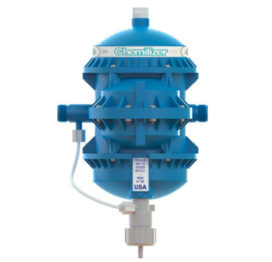 Chemilizer InjectorRegular Price $349.99
Chemilizer InjectorRegular Price $349.99 -
 Ten Tower Deck GardenRegular Price $3,499.00
Ten Tower Deck GardenRegular Price $3,499.00 -
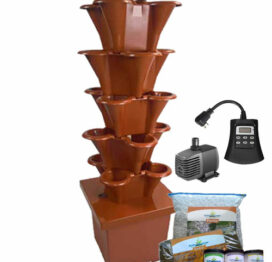 EzGro Patio GardenRegular Price $389.99 – $399.99
EzGro Patio GardenRegular Price $389.99 – $399.99 -
 EzGro Precision Micro TrimmerRegular Price $11.99
EzGro Precision Micro TrimmerRegular Price $11.99









Leave a reply